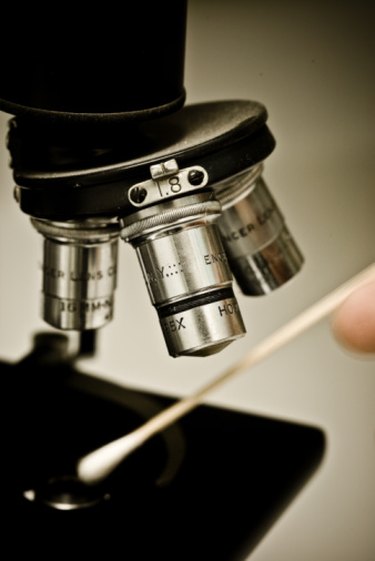
Today it seems obvious that all living things are made of cells; but this theory, one of the foundations of modern biology, was once a novel idea. The existence of cells was completely unknown until the 17th century.
History
Video of the Day
Plant cells were first discovered in the 17th century by scientist Robert Hooke, a genius whose contributions to science were wide-ranging and diverse. In 1665, he published a book called "Micrographia" that contained drawings and descriptions of objects he had observed through the microscope. This book contained history's first use of the word "cell" to describe the basic unit of life.
Video of the Day
Fun Fact
While studying cork slices through the microscope, Hooke noticed they were composed of honeycomb-like structures that reminded him vaguely of the cells in a monastery. He called these "pores," or spaces, cells.
Significance
Although Hooke discovered cells in the 17th century, it wasn't until 1838 that European scientists first proposed what is today called the cell theory, which posits that all living things are made of cells and all cells are descended from other cells. This basic idea is fundamental to our modern understanding of biology.